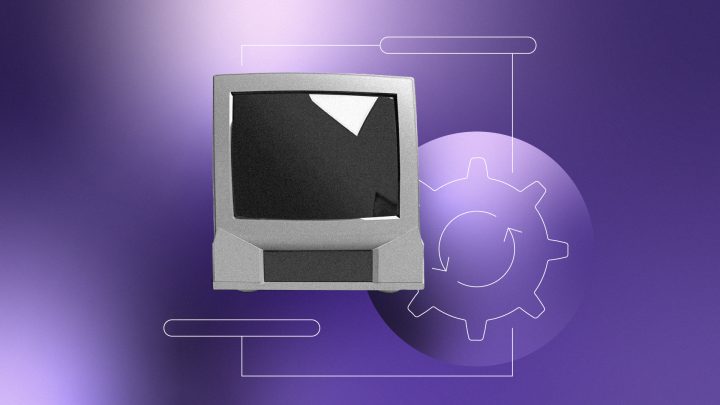


Customer Profiling: Get inside the mind of your clients
Read More
Data Viz: Improve The Decision-Making Process With Proper Data Visualization
Read More
The Top 5 Most Read Articles of 2021 – And Why
Read More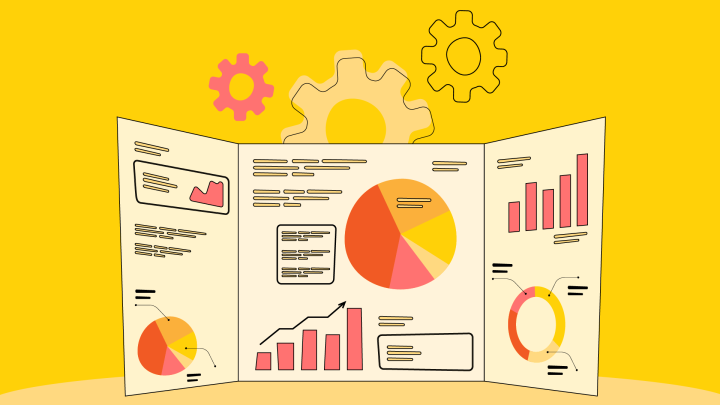
What is data modeling, and how does it work?
Read More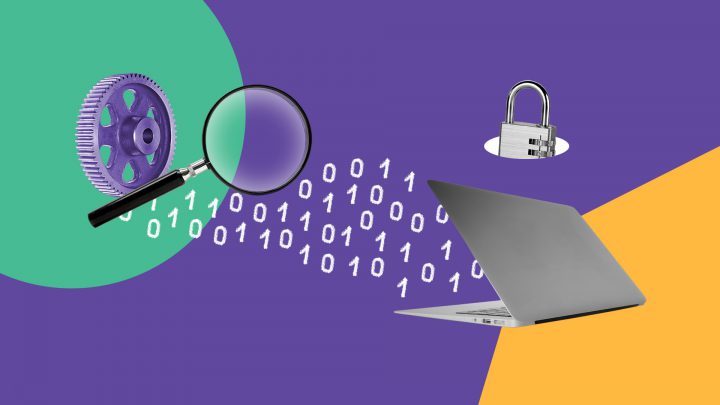
How a Big Data Strategy Can Fight Insurance Fraud
Read More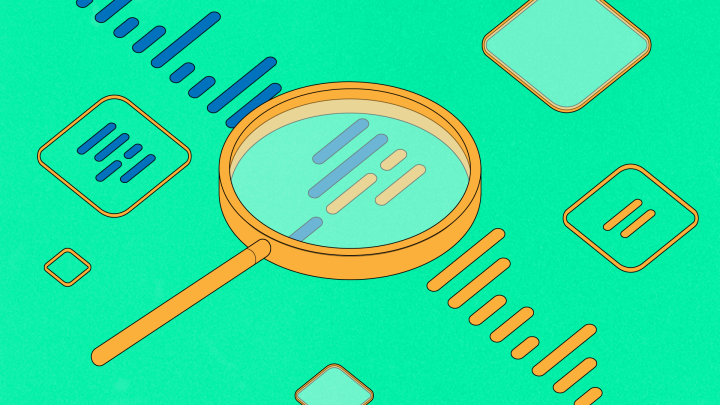
Predictive analytics: an in-depth look to improve your business decisions
Read More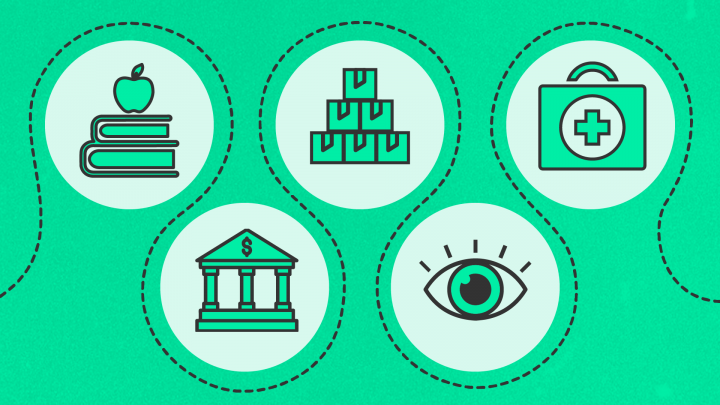
Top five areas that use Data Analytics
Read More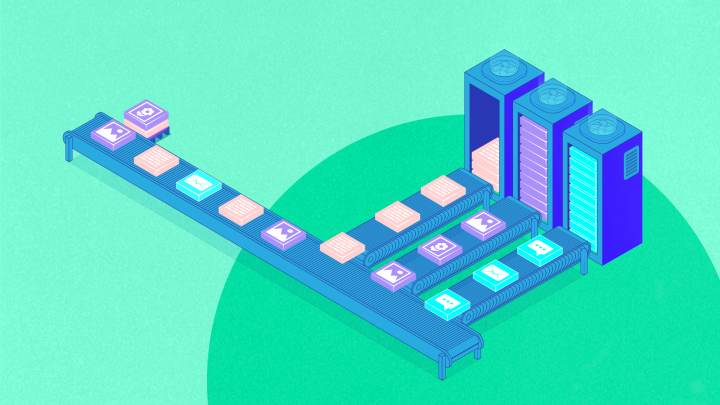
Types of clustering: why is it so important for business?
Read More
4 MJV Data Science cases
Read More
6 benefits of Data Science for your business
Read More
